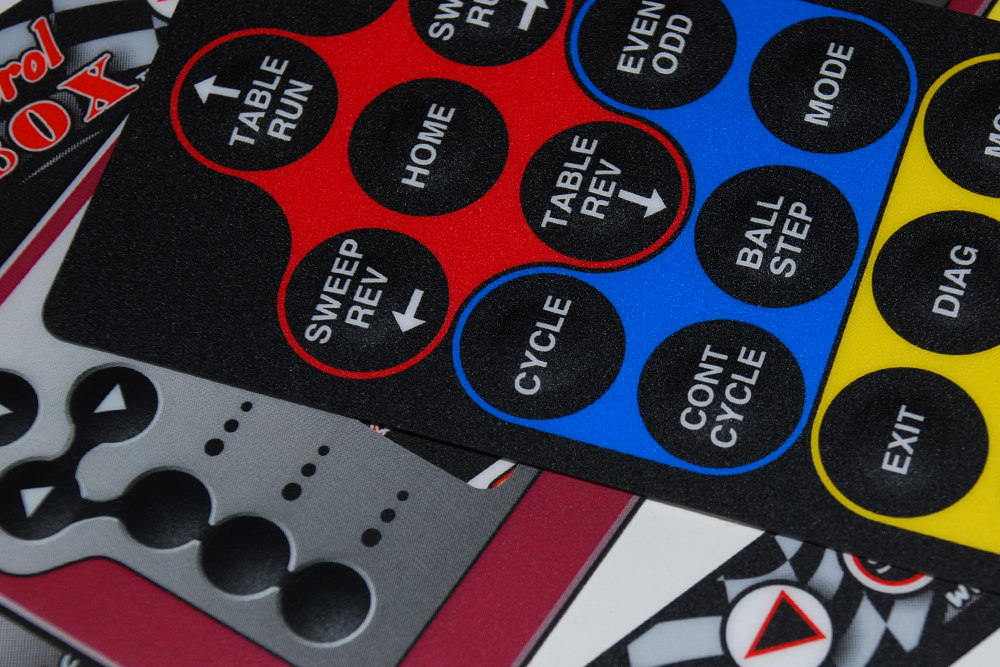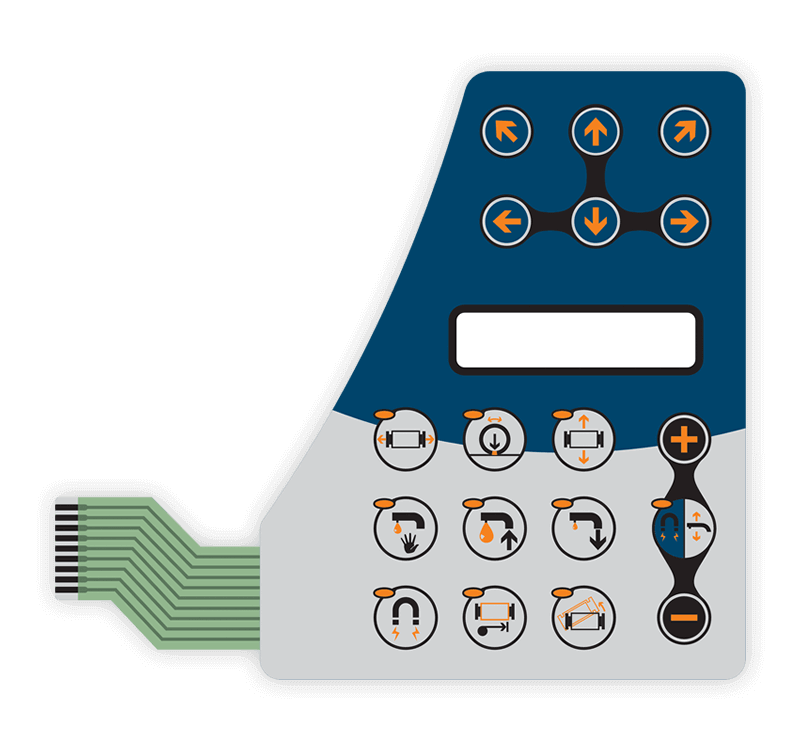Understanding Just How Graphic Overlays Work to Improve Your Creative Tasks
Graphic overlays serve as an essential part in the realm of innovative jobs, improving both aesthetic communication and target market interaction. The effective combination of these overlays calls for cautious factor to consider of layout concepts and purposes.
What Are Graphic Overlays?
Graphic overlays are aesthetic aspects that are put on top of a base photo or interface to improve interaction and customer experience. They serve different purposes, including providing added info, assisting customer communication, and enhancing aesthetic allure. Typical applications of graphic overlays can be discovered in electronic user interfaces, marketing, and academic materials.

Graphic overlays are often created utilizing layout software, permitting developers to control shade, size, and transparency to achieve the preferred effect. They can be static or dynamic, with computer animations that attract the audience's eye and enhance involvement. The strategic usage of graphic overlays not only enhances visual pecking order but additionally help in delivering a meaningful and clear message. As such, recognizing just how to properly apply graphic overlays is critical for developers aiming to elevate their imaginative tasks.

Advantages of Using Graphic Overlays
Utilizing graphic overlays can substantially boost the effectiveness of visual communication across different mediums. Among the key advantages is the capability to convey complex info succinctly. By layering graphics, message, and pictures, overlays assist in the presentation of information in a more absorbable layout, making it easier for audiences to understand key principles rapidly.
Furthermore, visuals overlays can enhance aesthetic charm, accentuating certain elements within a design. This is especially useful in marketing and advertising, where catching the audience's rate of interest is critical. The critical usage of colors, forms, and typography in overlays can develop a cohesive and engaging aesthetic story, improving brand name recognition.
Additionally, visuals overlays provide adaptability in design. They allow designers to adapt material for various platforms without beginning from scratch, making sure consistency across numerous networks. This flexibility is crucial in today's electronic landscape, where web content needs to be maximized for diverse devices and formats.
Kinds Of Graphic Overlays
When taking into consideration the numerous sorts of visuals overlays, it is vital to identify their varied applications throughout various industries. Graphic overlays can be classified largely into 3 types: useful, decorative, and educational.
Useful overlays are made to enhance the usability of a product. Generally located in digital tools, these overlays usually give responsive responses via elevated buttons or distinctive surface areas, enhancing individual interaction. They can likewise act as a protective layer, protecting the underlying elements from damage.
Decorative overlays focus on aesthetic improvement, enabling brand names to express their identification with vibrant layouts and customized graphics. These overlays prevail in product packaging, marketing, and point-of-sale products, where aesthetic appeal is critical for drawing in clients.
Informative overlays, on the various other hand, are utilized to share crucial data or directions. Learn More Here They can be seen in applications such as signage, customer handbooks, and educational graphics, where clarity and readability are vital.
Each type of visuals overlay offers an unique objective, adding to the total effectiveness of innovative tasks while attending to specific demands within numerous markets. Comprehending these distinctions is important for picking the appropriate overlay for your project.
Best Practices for Execution
To make certain the successful implementation of visuals overlays, it is essential to establish a clear understanding of the task's purposes and the particular needs of the end-users. Begin by performing extensive research study to recognize the target market and their preferences, as this will certainly inform style choices and capability.
Following, produce a thorough plan that details the overlay's format, assimilation, and click for source function procedure. This plan must consist of interface considerations, making certain that overlays improve as opposed to obstruct the individual experience - Graphic Overlays. Keep and take into consideration the visual hierarchy uniformity in layout components, such as color icons, systems, and typefaces, to promote brand coherence
Checking is essential; gather comments from a representative sample of individuals to recognize prospective problems and areas for enhancement. Repeat on the design based upon user input and efficiency information. Additionally, guarantee compatibility throughout different tools and systems to take full advantage of availability.
Devices for Creating Overlays
Creating reliable visuals overlays needs the right tools to translate layout ideas into practical applications. Different software and platforms are offered, each tailored to certain requirements and skill degrees.
Adobe Photoshop and Illustrator are industry requirements, providing extensive capacities for producing and manipulating overlays. These devices offer innovative functions such as layer management, mixing settings, and vector graphics, enabling developers to produce detailed and premium overlays.
For those seeking a more easy to use approach, Canva and Figma are superb options (Graphic Overlays). Canva's user-friendly user interface permits individuals to produce overlays swiftly using pre-designed layouts, while Figma assists in collective style in real-time, making it excellent for teams
Furthermore, open-source choices like GIMP and Inkscape offer durable performances without the linked prices of proprietary software. These tools enable adaptability in design and can fit numerous data layouts, ensuring compatibility across different platforms.

Conclusion
Finally, graphic overlays function as powerful tools for boosting innovative tasks by offering aesthetic clearness, visual appeal, and brand uniformity. Their varied applications, ranging from useful to decorative, emphasize their convenience in interaction. Following finest methods and utilizing ideal tools ensures efficient implementation and makes the most of the effect of overlays. By recognizing the fundamental principles and advantages linked with graphic overlays, developers can significantly enhance the quality and efficiency of their visual communications.
Graphic overlays offer as an essential part in the world of creative jobs, improving both visual official source interaction and target market engagement.Graphic overlays are commonly produced making use of design software application, allowing designers to control dimension, shade, and transparency to attain the preferred impact.In addition, visuals overlays can improve visual appeal, drawing interest to certain elements within a design.Furthermore, graphic overlays give versatility in layout.In verdict, graphic overlays offer as effective tools for enhancing innovative projects by giving aesthetic clarity, visual charm, and brand uniformity.